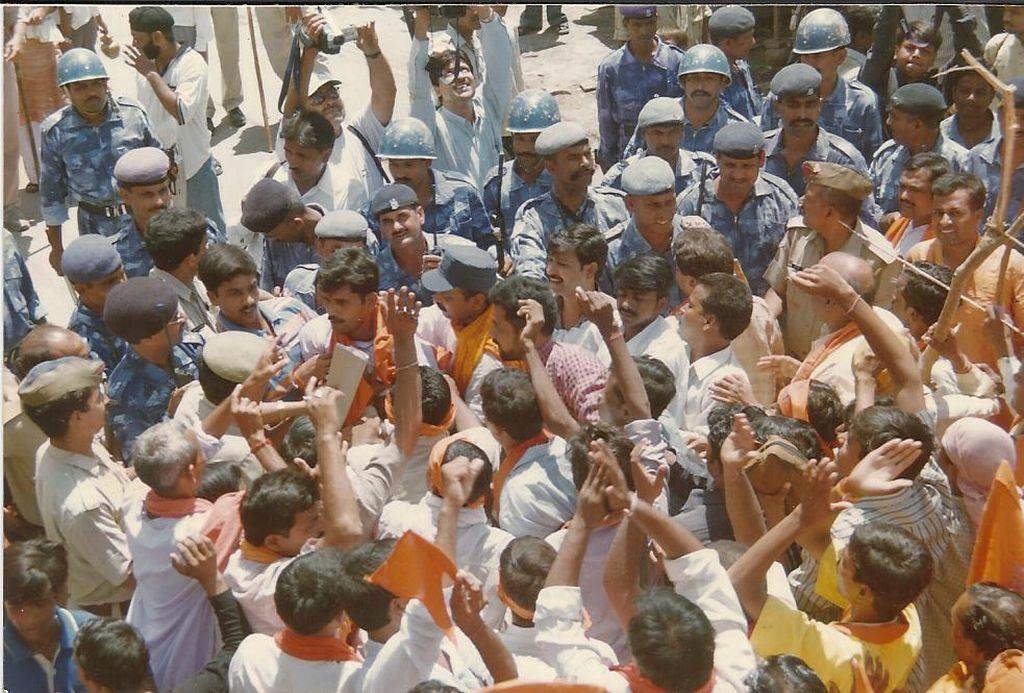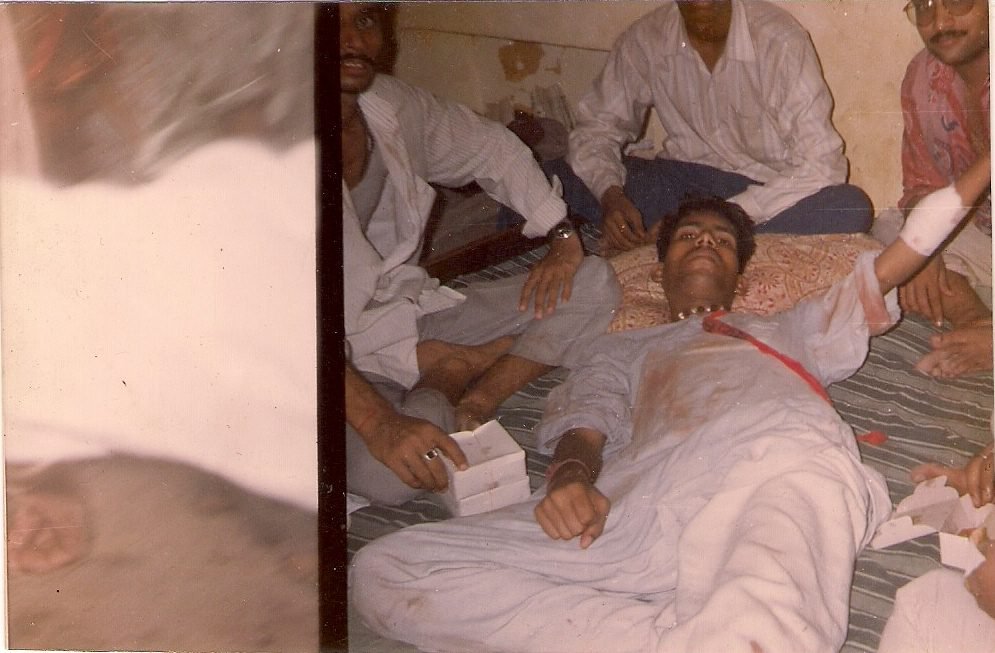I have a friend in the US named Mr. Lane Rasberry, who is a social worker and data scientist by profession. I met him for the first time in 2007 when he was living in Varanasi to learn Hindi. We’ve been in touch ever since and have collaborated on many different projects. His dream was to establish a library in Varanasi for students. He contacted the Seattle Public Library to donate books for Varanasi students, and they generously provided almost 350 books covering a wide range of subjects, including science, math, geography, culture, and religion.

Books provided by Lane
He sent me a large consignment containing all the books and some other materials. The consignment arrived at the Kolkata port but promptly became entangled in a corrupt bureaucratic process. I received a call from someone at the Kolkata port office who informed me that my consignment could not be released because they had found offensive materials within it, violating Indian law. I inquired about the nature of these “offensive materials” and was told that they were materials related to sex education.

Books at the library of Lok Samiti
I laughed incredulously when I heard this. The irony was palpable: a country that gave the world the Kama Sutra and boasts erotic art in its sacred Hindu temples was now being told that sex education materials were prohibited. It was clear that this was just a pretext; there was something more sinister at play. He requested that I visit his office in Kolkata, but being preoccupied, I enlisted the help of my friends Babu and Marc.

They traveled to Kolkata the following day and met with the officer. The officer offered numerous excuses for withholding the consignment, primarily focusing on a few sex education chapters within a couple of books. It was astonishing to witness his meticulous examination of every page in those hundreds of books. If government officials consistently displayed such vigilance and integrity, India’s landscape would undoubtedly be transformed.

They excelled at their jobs when corruption and bribery were involved, but their competence vanished when it came to fulfilling their duties honestly. Babu and Marc contacted another officer who revealed that the “offensive material” was merely a pretext for a bribe. Seeking guidance on how to approach the officer, they were advised that a direct bribe request was unlikely and that they should instead contact the officer’s assistant.

Ultimately, they contacted the assistant who explicitly stated that the consignment would not be released without a bribe of Rs. 10,000. Despite Babu’s explanation that the books were destined for non-profit work, the assistant remained unyielding. Faced with no other recourse, they reluctantly paid the bribe, securing the release of the consignment. A subsequent courier service was engaged to transport the consignment to Varanasi, which arrived approximately a week later.

The next challenge was determining the library’s location. My home, with ample space and a ready demand, was a viable option. At that time, I was involved in an educational program for underprivileged children called “Chance India,” led by my Hungarian friend, Mr. Attila Csapo. As the program coordinator, I oversaw the education of 70 children—28 from the city and 42 from a village. These children were enrolled in the nearest English-medium schools to their homes.

Our village children were selected from an NGO called Lok Samiti, which operates a school named Asha Samajik Vidyalay. While the school has made significant progress, it still lacked many resources. Previously, it was merely a better alternative to no education at all. Despite having proper classes and teachers, the school required substantial improvements. We selected forty-two students from Asha Samajik Vidyalay and enrolled them in a proper English-medium school. Initially, I considered establishing the library at my home, but something held me back.
I realized that establishing a library at my home would limit the number of beneficiaries to perhaps the twenty-eight city children. Another potential location, Asha Samajik Vidyalay, lacked both a library and the necessary space. After discussing this with Nandlal Master, the coordinator of Lok Samiti, I learned that they were planning to open a library soon. Therefore, I decided to wait and donate the books to Lok Samiti once their library was operational.
Years passed without Lok Samiti realizing their library plans. Then came the Covid-19 pandemic, which brought everything to a standstill. My own health deteriorated, making for a challenging year. As normalcy gradually returned in 2023, Lok Samiti finally opened its library. The library was a collaborative effort, supported by individuals and organizations alike. Many former students of Lok Samiti contributed to its establishment.
I finally organized all the books and donated them to the library of Asha Samajik Vidyalay in Nagepur village, Varanasi, which is run by Lok Samiti. The school children had never seen such a diverse collection of books. Their enthusiasm for the new library was evident. Lane, Nandlal Master, and I were immensely gratified to see the books finally benefiting the community. Marc tragically passed away a few years ago from sudden liver failure. His joy at seeing these books become part of a proper library is undoubtedly immense, even in his absence. The library serves as a humble tribute to his invaluable contributions.
My next goal is to assist in establishing another library at an education center run by my friend, Mr. Amit Rajbhar. He operates special classes for children of kiln workers and also runs a school for children aged 5 to 15. I am hopeful about being able to contribute to this project as well.

Local newspaper also reported the story
































